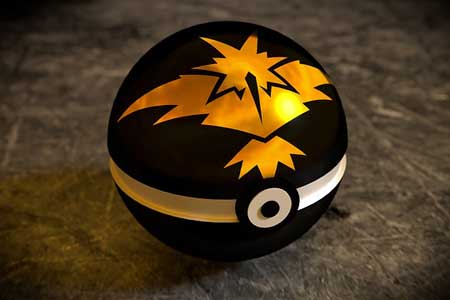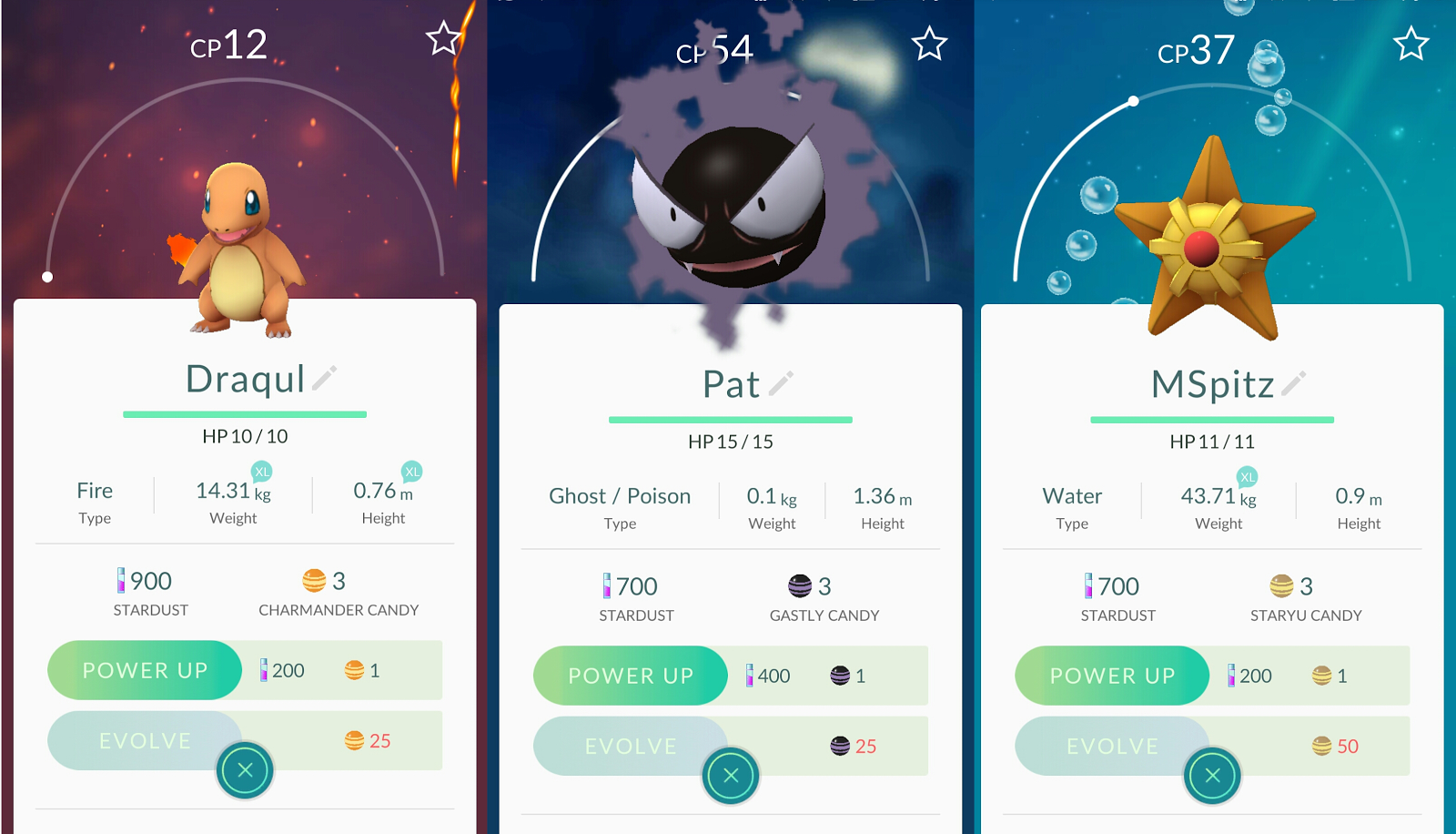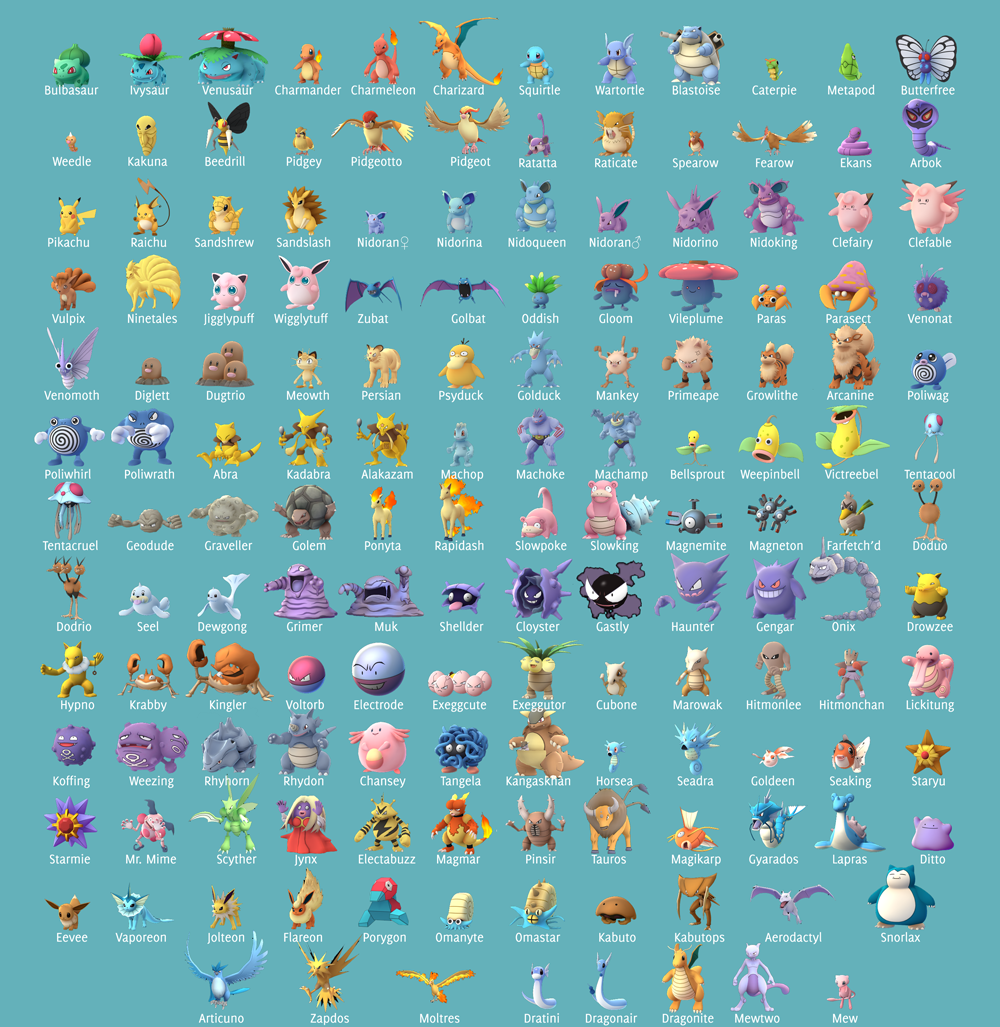How @PokemonGo Inspires Learning

The Pokemon Go craze has taken this country and others (where available) by storm because it is a free-to-play, GPS location game that harnesses the power of augmented reality and gets people connecting and moving in their physical world. Immediately there were stories about how this could be used for learning. Mainly the emphasis was around the idea that you can learn about your community and historical landmarks via Pokemon Stops. And, that people were finally getting up and out into the world moving around to get to stops and hatch eggs. It is even helping people with mental health issues get out and about.

After playing the game for a few weeks, I see another learning benefit not yet mentioned.
Pokemon Go can provide a fantastic way to spark a student’s interest in and connection to science.
In fact, that’s what PokeMon Go is really all about. The way the game works is you try to collect 133 species of Pokemon. You are basically a Pokemon zoo keeper. To collect these little guys, you have to go out into the environment and find them in the proper habitat. There are certain Pokemon near water, others near grass fields, others in the concrete jungle (lots of Rattata and Pidgey there) based on different times of the day and week. And, in fact you can’t catch them all unless you travel to other continents. This player Tweets where you can find them:
Okay this is actually wild. I guess I gotta travel the world! pic.twitter.com/sMAq5SwpcT
— Sleepy Mimikyu (@SleepyJirachi) July 17, 2016
The other part of Pokemon is the creatures evolve into new species which isn’t available for every single Pokemon as all evolutionary lines have an end. You can also power up your Pokemon to make him stronger and healthier. Evolving Pokemons cost candy and powering up Pokemons costs a combination of candy and stardust.
Tools and ideas to transform education. Sign up below.
There are several ways to get more stardust in Pokémon Go, but the quickest and easiest way to do so is catching Pokémon. Each catch provides you with 100 stardust. Dropping lures and incenses attracts pokemons, so that you can get the very most out of a quick “hunting” session.
Another alternative that takes time is to collect stardust is hatching eggs. You'll get a range of stardust rewards for egg-hatching, depending on the type of egg you crack open. 10km Eggs reward the most. You'll get less for the 2km and 5km Eggs. Like in nature, the longer a species nurtures their offspring, the more greatly they are rewarded with a closer connection. The Pokemon you hatch have different traits than those found in the wild. They also each eat their own diet of candy, specific to their species.
You can click on any creature to find out what makes em tick. You find out their “type,” “weight,” “height.” You see their what candy they eat for their special diet. You can also view their CP (combat power), HP (hit points) and stardust level. Here’s what that looks like:

Read more about powering up, evolution, and stardust here.
The other part of the game is the gym aka survival of the fittest. You go to battle and the Pokemon with the strongest CP and who’s better equipped at dodging the attacks wins. This chart outlines the strengths and weaknesses of each Pokemon type. Think of it kind of like the card game War, except with Pokemon, instead of suits and numbers, there are various powers outweighing others.
Knowing different element types are an important factor in gym battles. Water extinguishes fire, fire melts ice, etc. When you build your team to attack a gym, see what type of opponents are defending the gym, then build a team with a variety of opposite element types with high CPs to attack them. Even if you lose a battle, you won’t lose your pokemon. You can revive and restore your pokemon with antidotes called the potions.
Pokemon has a Pokedex (think rolodex) where you collect creatures. Below is the Pokedex of all the creatures. Notice they evolve from left to right i.e. Caterpie becomes Metapod, becomes Butterfree:

Source: https://imgur.com/gallery/iJXoB
Of course, Pokemon aren’t the only creatures that have varied species, diet, body type, evolve, hatch, and are prey or predator.
By now, you see where this is going. Playing this game gives students an amazing context for animal biology and environmental science.
So, how can you build on the game in science class?
How about a Pokedex of real creatures in the world, made by students. How about studying how each has evolved? How they eat? What is in their diet? How long do they need to incubate their eggs or carry around their offspring? Which have the strongest powers i.e. the food chain/prey vs predator. Which species are found in which environments? Which are in danger of extinction?
As Dr. Seuss says, “Oh the places you’ll go…” and Pokemon Go may be just the right catalyst to get your students excited about going there
_______________________________
HT to #NYCSchoolsTech educator @TechieGirl for guiding me on my Pokemon quest and editing and revising this article to make it Pokemon factual. Learn more by following her on Twitter.
Lisa Nielsen writes for and speaks to audiences across the globe about learning innovatively and is frequently covered by local and national media for her views on “Passion (not data) Driven Learning,” "Thinking Outside the Ban" to harness the power of technology for learning, and using the power of social media to provide a voice to educators and students. Ms. Nielsen has worked for more than a decade in various capacities to support learning in real and innovative ways that will prepare students for success. In addition to her award-winning blog, The Innovative Educator, Ms. Nielsen’s writing is featured in places such as Huffington Post, Tech & Learning, ISTE Connects, ASCD Wholechild, MindShift, Leading & Learning, The Unplugged Mom, and is the author the book Teaching Generation Text.
Disclaimer: The information shared here is strictly that of the author and does not reflect the opinions or endorsement of her employer.
Lisa Nielsen (@InnovativeEdu) has worked as a public-school educator and administrator since 1997. She is a prolific writer best known for her award-winning blog, The Innovative Educator. Nielsen is the author of several books and her writing has been featured in media outlets such as The New York Times, The Wall Street Journal, and Tech & Learning.
Disclaimer: The information shared here is strictly that of the author and does not reflect the opinions or endorsement of her employer.
